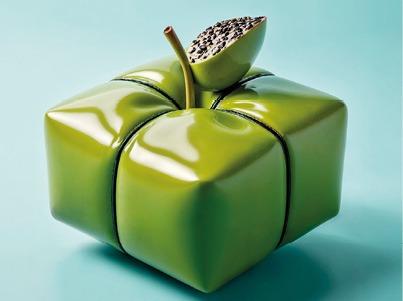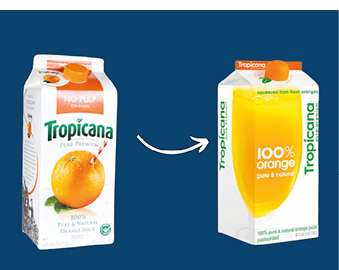Is it worth switching to sustainable packaging?
Main packaging trends include easy-open solutions for the elderly, single-serve packaging for those who live alone and resealable designs.
This article is available for reading in Trade magazin 2025/2-3.
With people constantly on the move, convenient and portable packaging can be popular, just like sustainable, environmentally friendly packaging solutions. According to PwC, consumers are willing to pay up to a 10% premium for sustainable options.
New packaging instead of product innovation
Packaging is responsible for nearly 40% of global plastic waste, making it a priority for companies to introduce environmentally friendly alternatives in this area too. Sustainability, the use of innovative materials such as corrugated board or flexible plastics, and technological solutions such as QR codes not only make the environmental impact smaller, but also enhance consumer confidence, loyalty and experience. Online purchases are expected to account for more than 25% of total sales in 2025, further increasing the demand for safe, sustainable and innovative packaging solutions.

Since 2007, the number of new packagings have risen by 170 per cent
It is a revealing trend that according to Mintel research, the number of new packaging launches has increased by more than 170% since 2007! As demand for sustainability continues to grow, we will see more projects of this kind in 2025. However, sustainable packaging projects also carry a significant risk: Mintel has found that 70% of new packaging projects result in a sales loss. What is the reason for this? New packaging isn’t always convenient or practical for consumers. Brand new packaging can also disrupt the shopping process.

The new Tropicana box has proved to be huge failure
Greener, but the same?
According to research by Bamboo Brands, it is much safer to introduce new packaging if the design elements are retained but the raw material is a greener option. For instance British kitchen and household goods company Harts of Stur had previously used styrofoam (expanded polystyrene, EPS), but recently they switched to biodegradable air foam packaging made from natural materials, which is more sustainable and more cost-effective. Customers received this move very well: sales of products marketed in the new packaging grew by 10-12% already in the first few weeks. There are concept tests, focus groups and panel surveys to find out how consumers like new packaging. But there is a problem: these don’t test actual purchasing behaviour, they only measure shopper intentions, which often differ from actual behaviour.

A mere 7 per cent is willing to pay more for sustainability
The best in-store packaging test
It isn’t enough to ask consumers what they think about new, sustainable packaging, which is innovative in terms of both design elements and ingredients. We also need to measure shopper behaviour by examining real purchasing decisions and data.
According to Bamboo Brands, one of the most effective approaches is an in-store packaging test, where products in the new packaging are placed on supermarket shelves and their impact is analysed based on real purchase data. Online A/B testing also works, where the same product is offered with two different packaging designs in order to compare how they perform. Eye-camera tests and in-store observations also help to reveal how shoppers react to packaging visually. Retail sales data and loyalty programmes provide valuable insights into customer habits, while digital coupons and mobile apps can measure consumer response in real time. //
Related news
Bagels, stuffed cabbage and online scams – this could be the Christmas menu for many due to the rise in cybercrime
🎧 Hallgasd a cikket: Lejátszás Szünet Folytatás Leállítás Nyelv: Auto…
Read more >How will AI continue to shape our lives? Seven areas to watch in 2026
🎧 Hallgasd a cikket: Lejátszás Szünet Folytatás Leállítás Nyelv: Auto…
Read more >This is how humans and AI work together – the artificial intelligence revolution in the workplace
🎧 Hallgasd a cikket: Lejátszás Szünet Folytatás Leállítás Nyelv: Auto…
Read more >Related news
Egg prices up nearly one-third
🎧 Hallgasd a cikket: Lejátszás Szünet Folytatás Leállítás Nyelv: Auto…
Read more >Layers of problems
🎧 Hallgasd a cikket: Lejátszás Szünet Folytatás Leállítás Nyelv: Auto…
Read more >Too many gifts, too much food: our holiday excesses are putting a serious strain on the environment
🎧 Hallgasd a cikket: Lejátszás Szünet Folytatás Leállítás Nyelv: Auto…
Read more >






